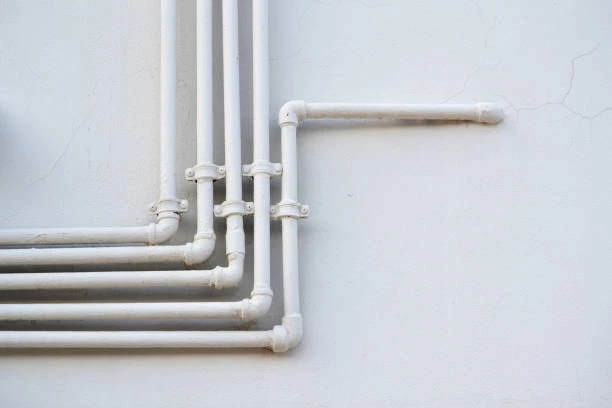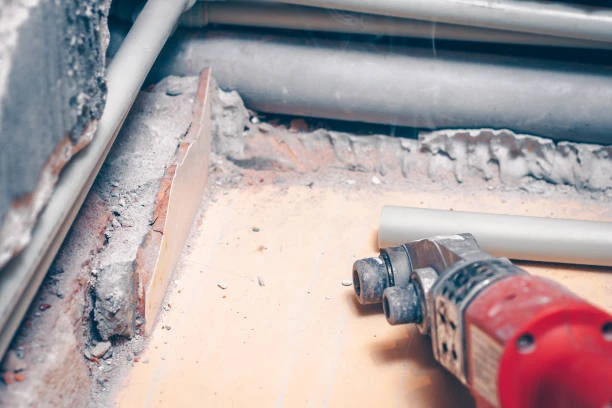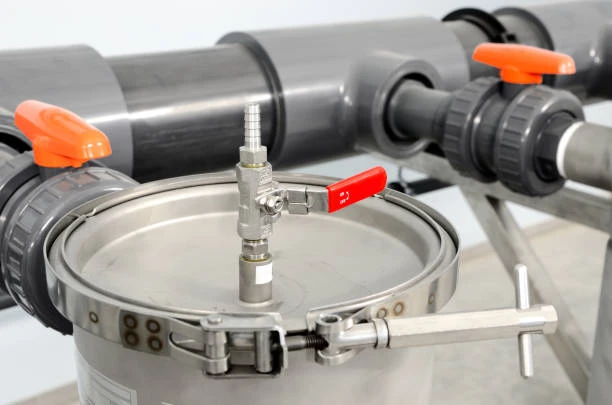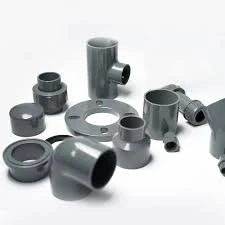Introduction
PVC, short for polyvinyl chloride, is a widely used plastic that plays a crucial role in various industries. People value PVC for its durability, affordability, and versatility. Recycled PVC has become increasingly popular as it provides an eco-friendly alternative without sacrificing performance. From construction to healthcare, PVC continues to offer practical and cost-effective solutions. This article explores what PVC is, why it’s so popular, and where it’s most commonly used.
What Is PVC?
PVC is a synthetic plastic polymer made from vinyl chloride. It belongs to the thermoplastic family, which means it becomes soft when heated and hard when cooled. Manufacturers can mold and shape it into different forms, including pipes, sheets, cables, and more. There are two main types of PVC: rigid and flexible. Rigid PVC, also known as uPVC, works well in construction. Flexible PVC includes plasticizers that make it suitable for items like cables and medical tubes.
Benefits of PVC
PVC offers many advantages that contribute to its popularity. First, it’s highly durable. It resists corrosion, moisture, and many chemicals. Second, it costs less than alternatives like copper or stainless steel. Third, it’s lightweight, making it easy to transport and install. In addition, PVC has good insulation properties, especially in electrical applications. Its long lifespan reduces the need for frequent replacements, saving both time and money. Recycled PVC also helps cut long-term material costs.
Common Applications
PVC appears in many industries due to its useful properties. In construction, it’s used for pipes, window frames, and wall coverings. The plumbing industry relies heavily on PVC pipes for water supply and drainage systems. In the electrical sector, PVC insulates wires and cables. The healthcare industry uses medical-grade PVC in IV bags, oxygen masks, and tubing. Even in packaging, PVC appears in food wraps and containers. These applications demonstrate the material’s flexibility and widespread demand. Recycled PVC is increasingly used in non-pressure construction projects.
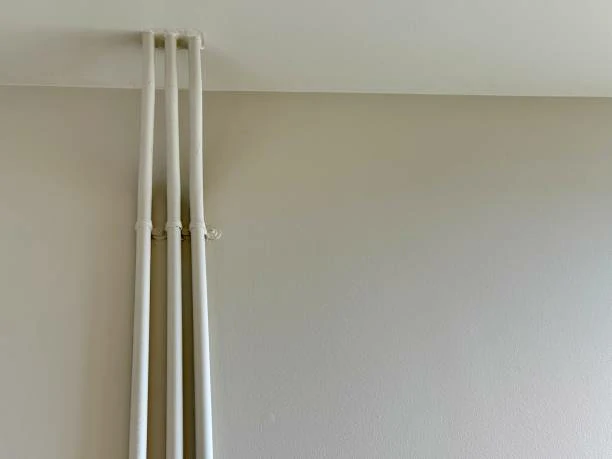
Environmental Considerations
While PVC offers many benefits, some people raise concerns about its environmental impact. Traditional PVC includes additives like plasticizers and stabilizers, which can pose risks if not managed properly. However, modern manufacturing methods have improved the safety of PVC products. Recycling options now exist for rigid and flexible PVC, reducing its environmental footprint. Recycled PVC is becoming more common, helping to conserve resources and limit waste. Consumers should choose certified and responsibly produced PVC to support sustainability efforts.
Industry Standards and Safety
PVC products follow various international standards. For example, ISO 4422 covers plastic piping systems for water supply. ASTM standards apply to pressure-rated PVC pipes. These certifications ensure consistent quality and safety. Always check product labels and documentation to confirm compliance. Safe use depends on proper installation and adherence to usage guidelines.
Why PVC Remains Popular
PVC maintains its popularity for several key reasons. Its low cost appeals to budget-conscious consumers and large-scale industries. Its durability ensures long-term performance in challenging environments. PVC also adapts easily to different applications, from heavy-duty construction to delicate medical tools. Manufacturers continue to innovate with PVC, enhancing its features and expanding its use. Many companies now use recycled PVC to meet sustainability targets.
How to Select Quality PVC Products
Choosing high-quality PVC involves checking certifications and matching product specs to your needs. Look for ISO and ASTM markings. For plumbing, select pressure-rated pipes that fit your system. In electrical work, choose flame-retardant, insulated cables. For medical or food use, confirm the material is grade-certified. A trusted supplier will always provide clear product data and usage guidance.
Conclusion
PVC plays a major role in modern life. Its strength, affordability, and versatility make it a top choice in many sectors. While environmental concerns exist, improvements in production and recycling help reduce negative impacts. With proper use and sourcing, PVC remains a safe, reliable, and sustainable material for countless applications.
FAQs
1. Is PVC safe for drinking water?
Yes, certified PVC pipes are safe for potable water. Look for NSF or ISO-certified products.
2. Can I recycle PVC products?
Yes, many recycling centers accept rigid PVC. Flexible PVC may require special processing.
3. What is the difference between PVC and uPVC?
uPVC is rigid and contains no plasticizers, while PVC can be flexible when additives are used.
4. How long does PVC last?
PVC can last 50 years or more, depending on usage and environmental conditions.
5. Is PVC resistant to chemicals?
Yes, PVC resists many chemicals, including acids, salts, and bases. Always check compatibility charts.




